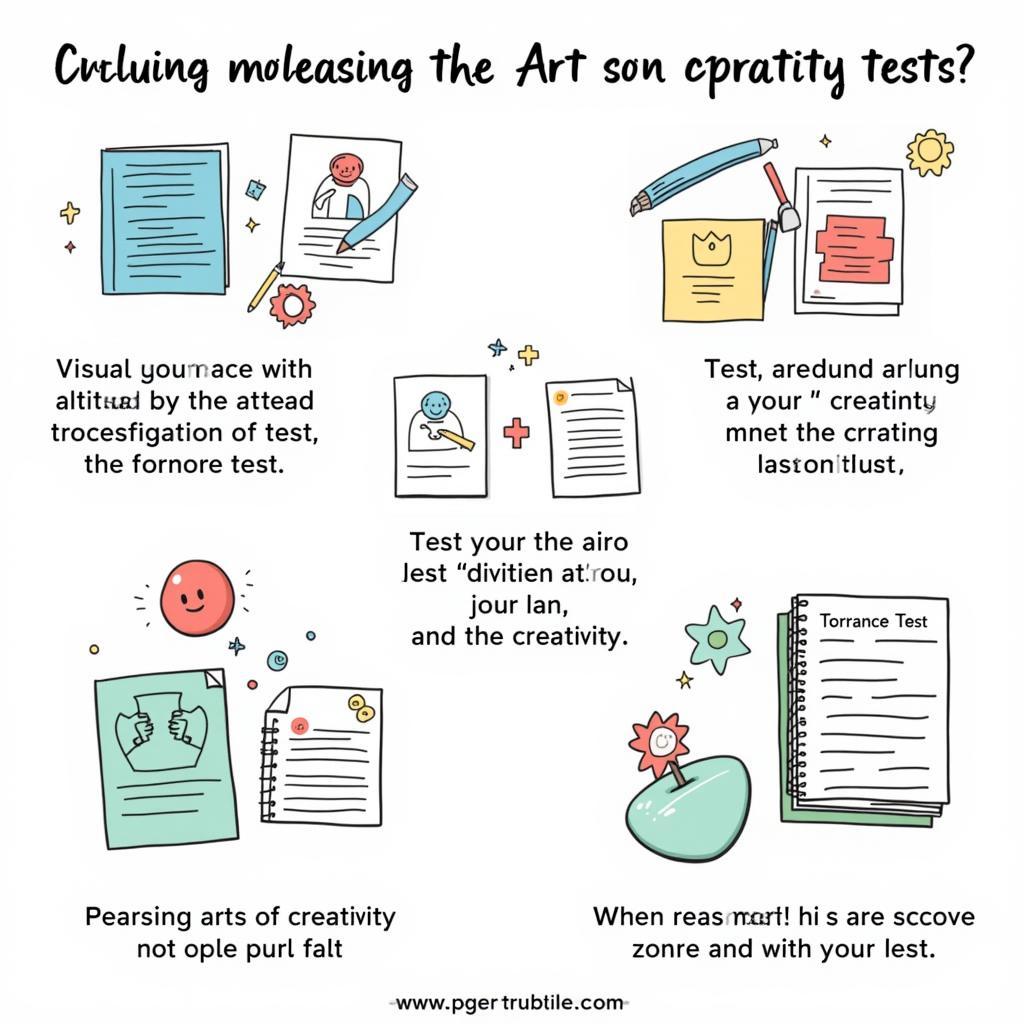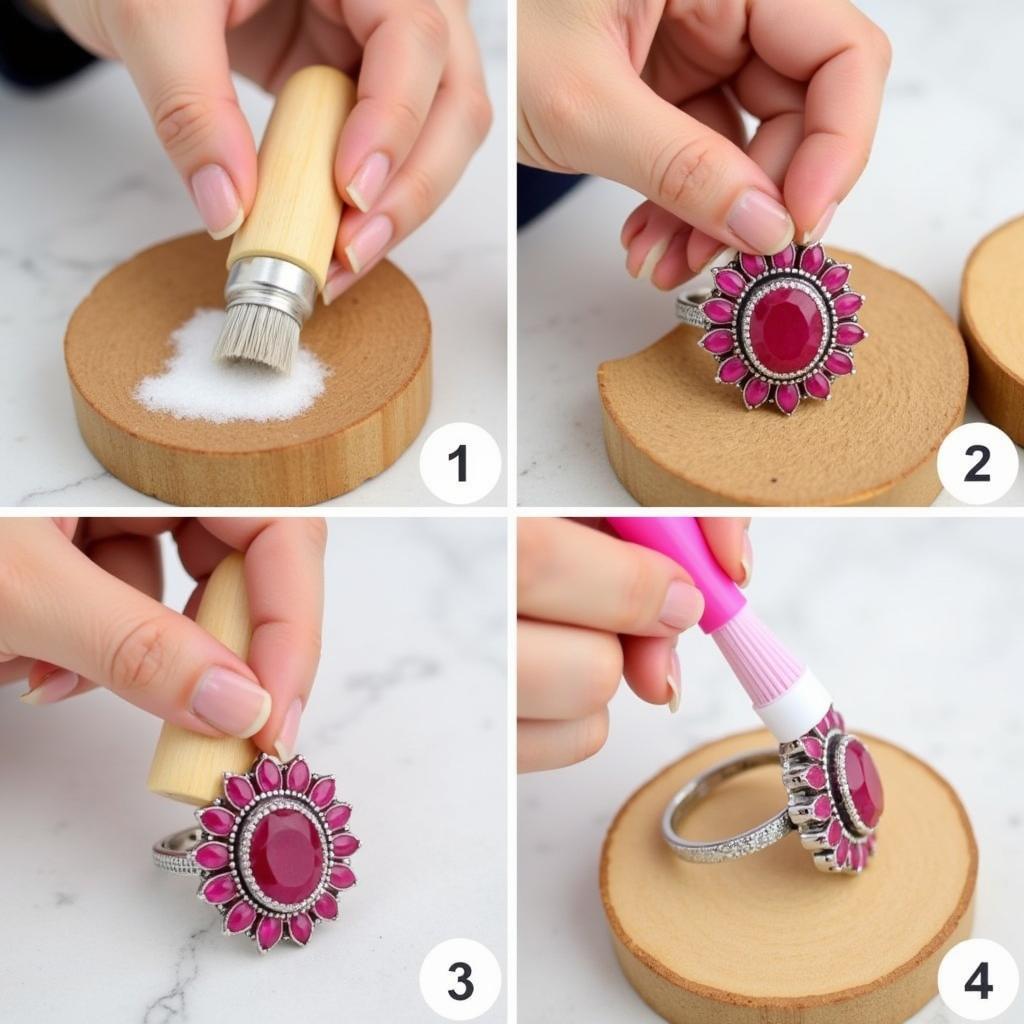Zen Art and Design: Finding Balance in Creativity
Embracing the principles of Zen Art And Design can profoundly influence your creative process, leading to more mindful and fulfilling experiences. Zen, a school of Mahayana Buddhism that originated in China, emphasizes simplicity, self-reflection, and the pursuit of enlightenment through meditation and mindful living. When applied to art and design, Zen principles encourage a deeper connection with the creative process, fostering peace, balance, and a heightened sense of awareness.
The Essence of Zen Art and Design
Zen art is characterized by its minimalist aesthetic, focusing on essential elements and eliminating unnecessary clutter. It emphasizes the beauty of imperfection and the natural world, often incorporating organic forms and textures into its creations. This approach encourages viewers to slow down, contemplate, and appreciate the present moment.
Key Principles of Zen Art and Design
Understanding the key principles of Zen can guide you towards integrating its philosophy into your artistic endeavors:
Simplicity and Minimalism:
- Less is More: Zen art encourages stripping away excess ornamentation, focusing on essential elements that convey the intended message with clarity and impact.
- Negative Space: Embracing empty space as an integral part of the composition allows elements to breathe and invites contemplation.
Natural Elements and Imperfection:
- Wabi-sabi: This core principle embraces the beauty found in imperfection, transience, and the natural cycle of growth and decay.
- Organic Forms: Incorporating natural forms, textures, and materials like wood, stone, and paper creates a sense of harmony and connection with nature.
Mindfulness and Presence:
- The Creative Process as Meditation: Zen encourages approaching artmaking as a meditative practice, focusing on each stroke, line, or choice with full awareness.
- Finding Balance: Achieving a sense of balance and harmony within the artwork and the creative process itself is paramount.
Applying Zen Principles in Various Art Forms
The influence of Zen can be seen across various artistic disciplines:
- Japanese Calligraphy (Shodo): Each brushstroke is infused with mindfulness and intention, expressing the artist’s inner state and the essence of the character being written.
- Ink Wash Painting (Sumi-e): Using black ink and variations in water to create depth and texture, Sumi-e emphasizes spontaneity and the capture of the fleeting moment.
- Ikebana (Flower Arrangement): This art form emphasizes simplicity, balance, and the natural beauty of flowers and branches, reflecting the ephemeral nature of life.
- Zen Gardens: Carefully raked gravel and strategically placed rocks create a miniature representation of the universe, inviting contemplation and reflection.
Integrating Zen into Your Creative Practice
- Create a Mindful Workspace: Designate a dedicated space free from clutter and distractions, incorporating natural elements like plants or a water fountain.
- Engage in Meditation: Incorporate meditation into your routine to cultivate inner stillness and enhance focus before embarking on your creative process.
- Practice Mindfulness: Pay attention to each step of your creative process, noticing your thoughts, feelings, and sensations without judgment.
- Embrace Imperfection: Let go of the need for perfection and embrace the beauty of imperfections, allowing your intuition to guide your creative choices.
- Find Inspiration in Nature: Spend time in nature, observing its forms, textures, and rhythms to inspire your artistic expression.
The Benefits of Embracing Zen Art and Design
Incorporating Zen principles into your art and design practice can offer numerous benefits:
- Reduced Stress and Anxiety: The mindful nature of Zen art encourages relaxation and helps alleviate stress.
- Enhanced Creativity: A calm and focused mind is more receptive to inspiration and innovative ideas.
- Greater Self-Awareness: Zen practices promote introspection and help you connect with your inner self, fostering greater authenticity in your work.
- Deeper Appreciation for Art: Zen encourages mindful observation, allowing you to experience art on a deeper, more meaningful level.
Conclusion
Zen art and design offer a path towards more mindful and fulfilling creative experiences. By embracing the core principles of simplicity, mindfulness, and a deep appreciation for the natural world, you can infuse your artistic endeavors with a sense of balance, harmony, and profound beauty. As you cultivate a deeper connection with the present moment, you open yourself to a world of creative possibilities that extend far beyond the canvas or the design software.
FAQ
-
What is the main difference between Zen art and traditional art? Zen art prioritizes simplicity, mindfulness, and a connection with nature, often embracing imperfection. Traditional art may focus on realism, detail, or specific artistic conventions.
-
Do I need to be a Buddhist to practice Zen art? No, Zen principles are accessible to anyone seeking to bring mindfulness and balance to their creative process.
-
What are some easy ways to incorporate Zen into my daily art practice? Start with small steps like creating a dedicated workspace, practicing brief meditations, and observing nature for inspiration.
-
How can Zen art help me deal with creative blocks? The emphasis on mindfulness and letting go of perfection can free you from self-criticism and open up new creative pathways.
-
Are there any online resources for learning more about Zen art and design? Yes, numerous websites, articles, and online courses explore the principles and techniques of Zen art.
For any questions or assistance, please contact us at Phone Number: 02462573573, Email: [email protected] Or visit us at: Savico Megamall, 7-9 Đ. Nguyễn Văn Linh, Gia Thụy, Long Biên, Hà Nội 10000, Việt Nam. We have a 24/7 customer support team.




